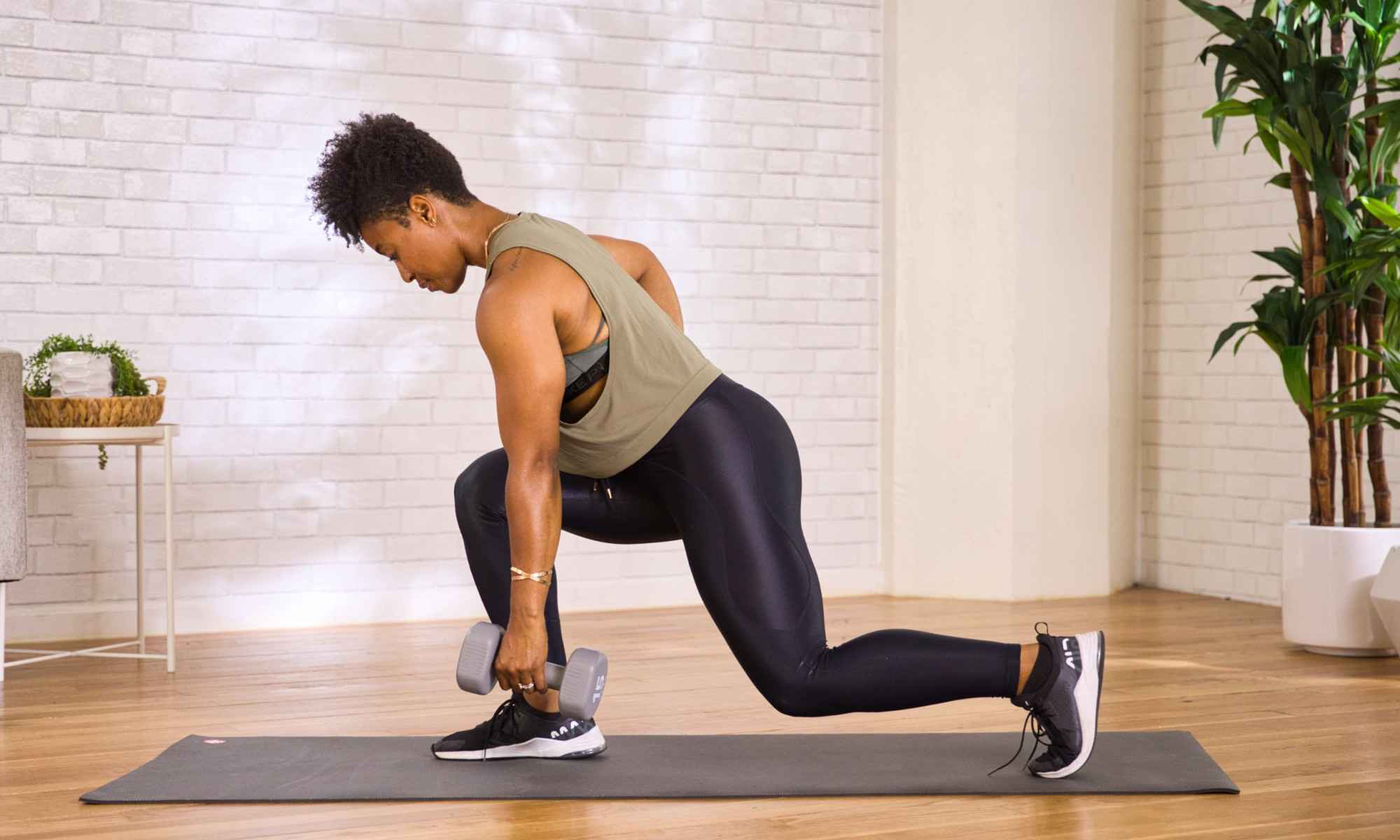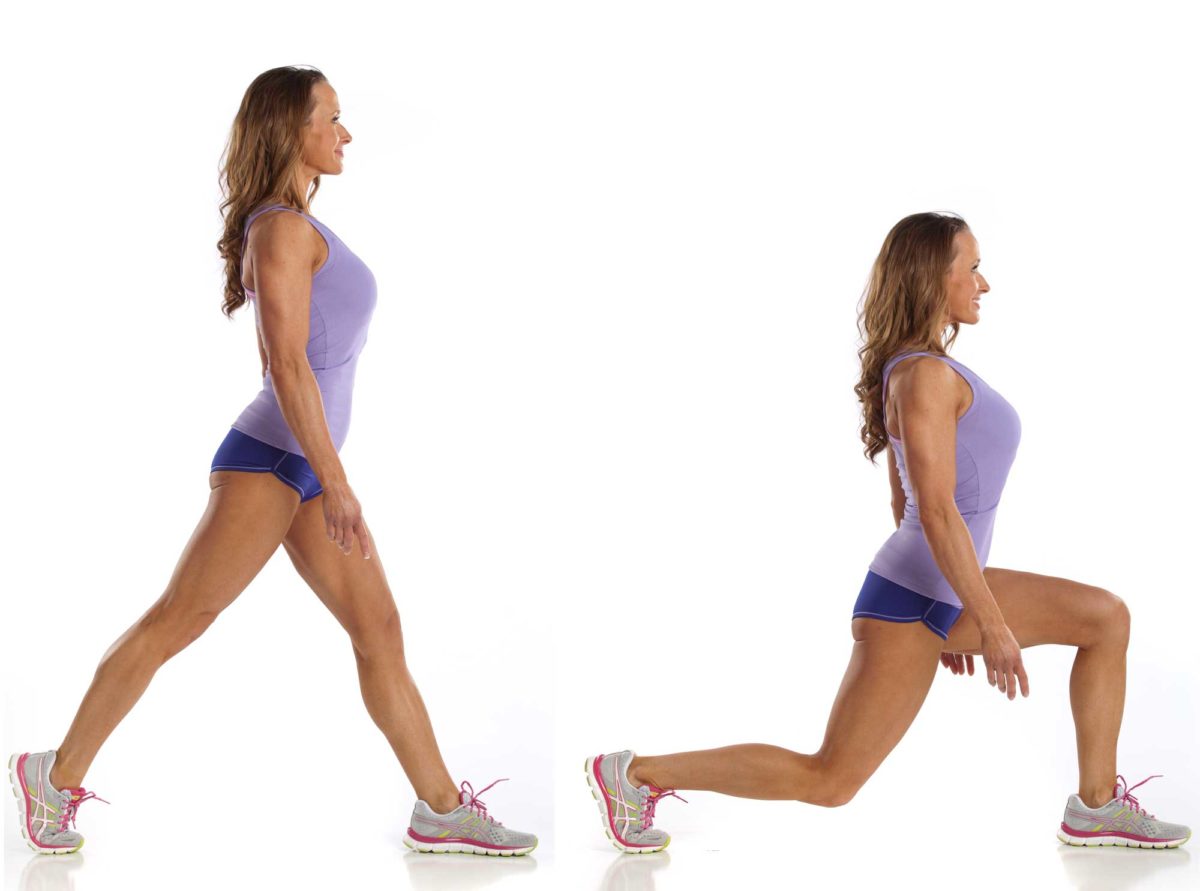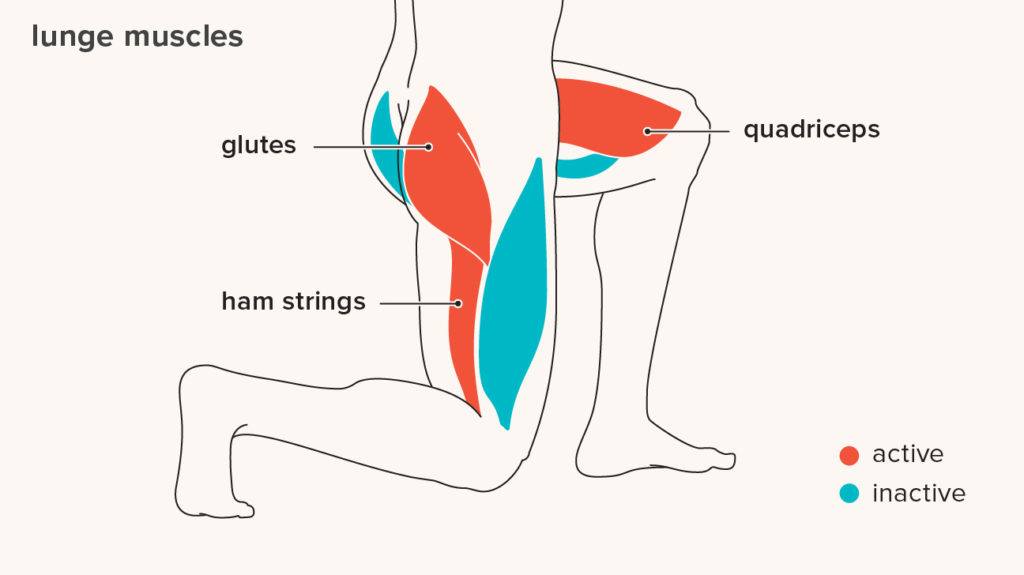How To Do Lunges The Right Way
By Mia Evelyn
19 February 2023
Learning how to execute lunges correctly is essential, whether you want to grow muscle or just enhance mobility. You probably execute the fundamental lower-body action without even thinking about it every time you ascend a flight of stairs or squat down to pick something up.

Lunges are a sort of unilateral movement, which means you use each side of your body separately. Another one of your frequent unilateral movements? Walking. Unilateral movements are significant because they can aid improve balance and ensure that muscle is built uniformly on both sides of the body. Unilateral motions differ from bilateral movements, which include both sides of the body working together at the same time.

How to Do Lunges in the Correct Form:
When you’re doing any exercise, you have to make sure you’re doing it the right way or you will be wasting time. Now lunges are a little tricky to do but engaging the core and doing it the right way will show you result sooner.
- Step your right foot 2 to 3 feet ahead of your left foot from a standing posture, staggering your feet so they are not squarely in front of one another. (Rather than walking a tightrope, imagine your feet on opposite train tracks.)
- Engage your core and tuck your hips to keep your low back from arching and your pelvis in line with your rib cage.
- Inhale deeply and bend both knees to 90 degrees, so your right thigh is parallel to the floor. Your hands can rest on your hips to assist keep them straight and from tipping forward or back.
- Your right shin should be practically perpendicular to the floor at the bottom of your lunge, your right foot flat on the floor, and you should rest on your left toes (left heel elevated off the floor).
- Exhale as you push through both feet and clench your glutes to return to your starting posture.
Dos and Don'ts of Lunges
There are various indications to keep in mind when performing lunges:
- Take a giant stride forward (a larger step than you would when walking)
- To prevent walking a tightrope and wavering to one side, maintain your feet hip-width apart.
- Engage your core and maintain your back straight throughout the exercise for stability.
- If necessary, use your arms for added balance by holding them out to your sides.
- Maintain a neutral neck by focusing on a spot at eye level.
- There are some things to keep in mind while you practice your lunge. While taking a step forward:
- Let your knee extend no farther than the toes of your leading leg
- Don't let your back knee touch the ground (do hover just above the ground)
- If you have any obvious knee discomfort before or during the workout, stop.
- Avoid leaning backward, forwards, or hyperextending your neck.
- When descending, aim on retaining control by flexing your core and leg muscles as much as possible.

The Advantages of Lunges
One of the primary advantages of the lunge is that it incorporates movement into your lower body training routines. Whether you do walking lunges or just stride forward and back, you'll need to rely on balance and coordination to stay upright rather than keeping your feet fixed on the floor.
Even better, because the lunge is unilateral, you'll be able to focus on one leg at a time. This can assist to correct any muscular imbalances and improve your bilateral motions (such as back squats). Lunges are perfect to tone your butt.
You Might Also Want To Read This
Popular Posts





